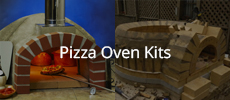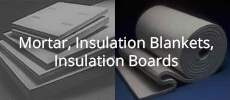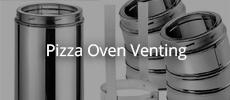I started my Drying fires, 1st 2 days I kept the walls at about 300 degrees, days 3 & 4 around 400 couple spots got to 450, tonight and tomorrow I was going to go for the 500 - 550 range.
and then 700 the last day.. Is this a good approach? I read somewhere that the black on the bricks was from moisture, I thought the black is there until you reach at least 700 degrees.
currently my whole dome is black. I appreciate any input.
Thanks,

and then 700 the last day.. Is this a good approach? I read somewhere that the black on the bricks was from moisture, I thought the black is there until you reach at least 700 degrees.
currently my whole dome is black. I appreciate any input.
Thanks,






Comment